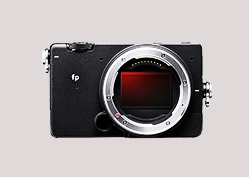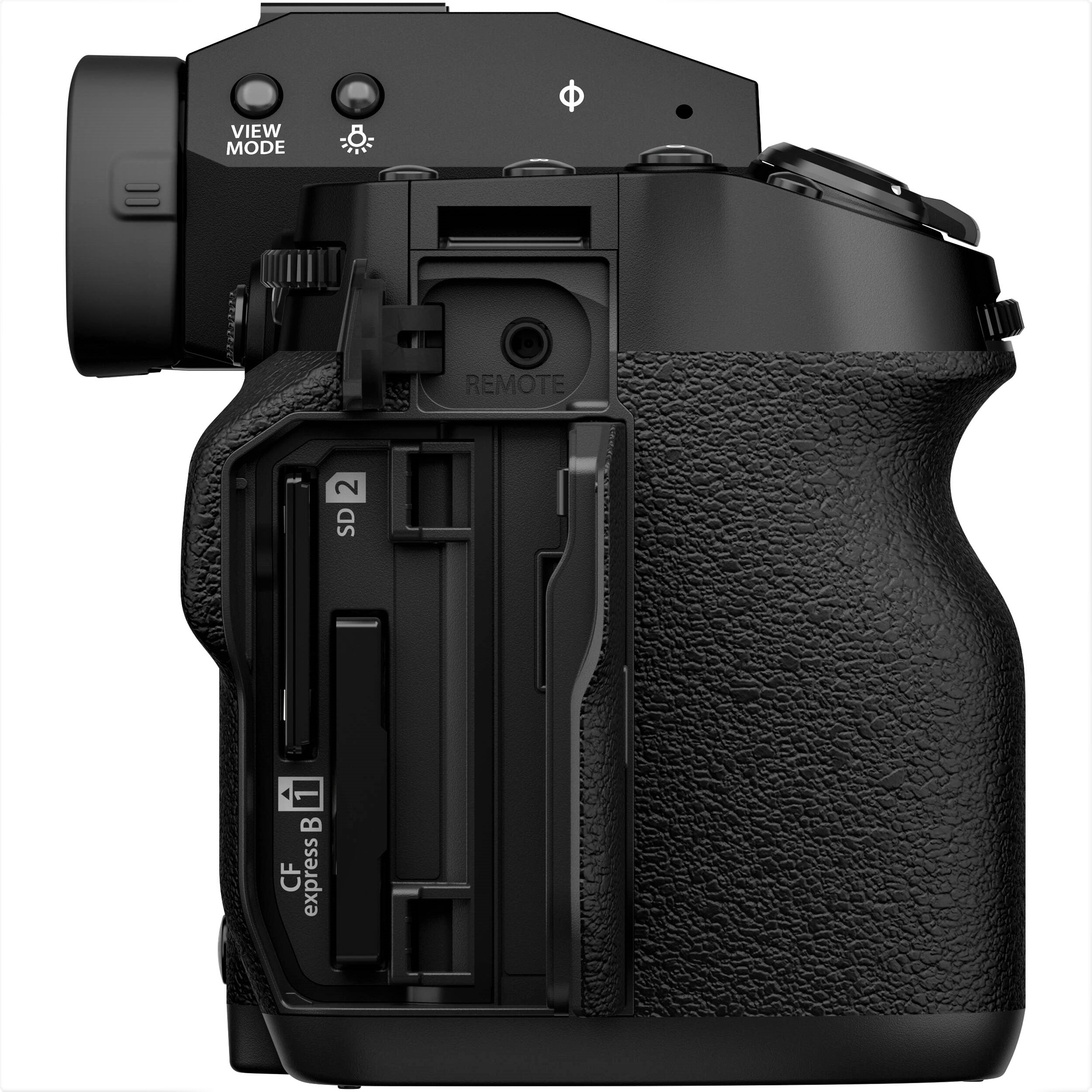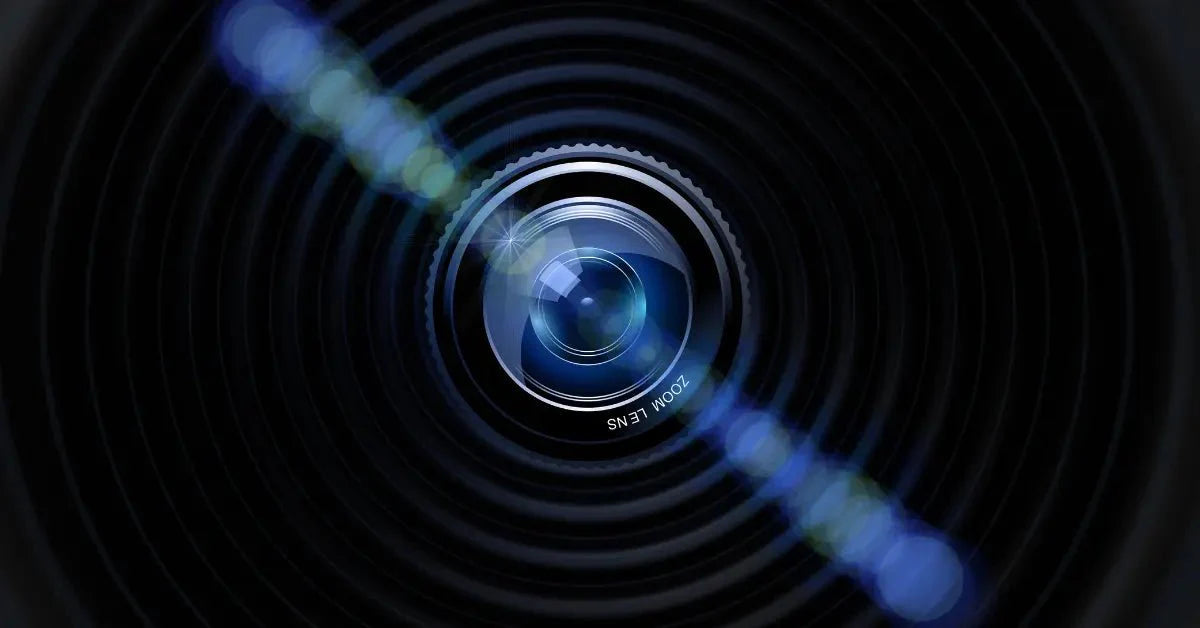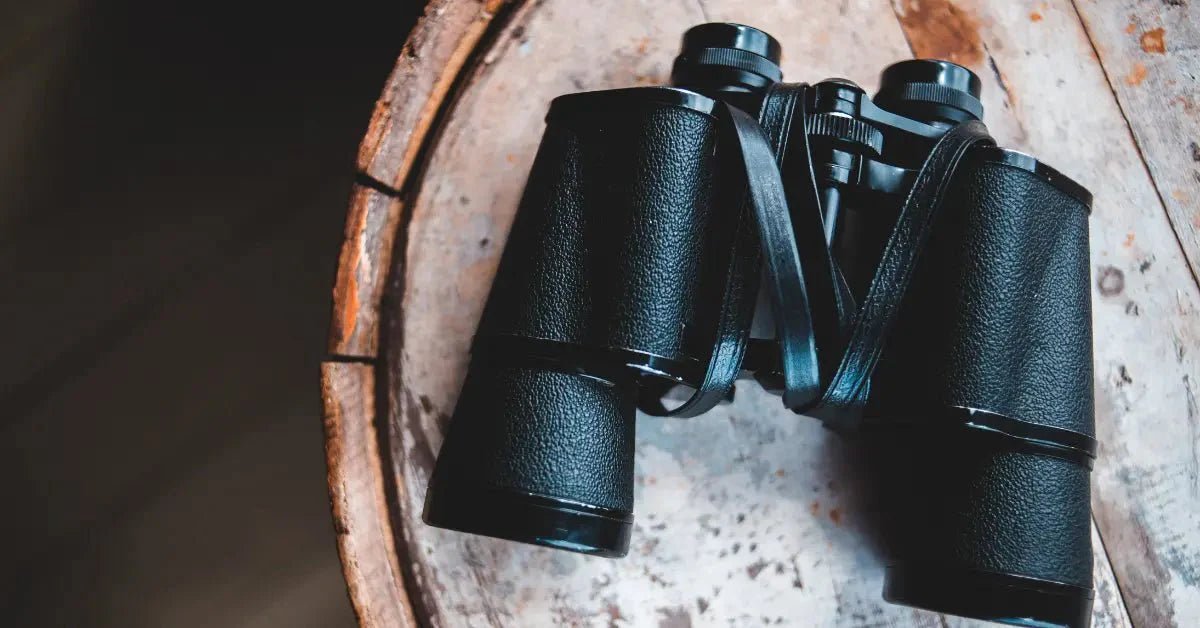Ever snapped a perfect shot only to find it blurry later? Dirty or damaged lenses are often to blame. This affects everyone, from casual photographers to pros.
It's important to keep your lens clean and in top condition for crisp photos.
In this blog, we're exploring camera lens repair. I'll offer practical tips for maintaining your lens and solving common problems that affect image quality. We'll also discuss why investing in a good camera lens cleaning kit is essential for maintaining your equipment over time.
Continue reading to learn how to keep your lenses spotless, ensuring every photo captures the world beautifully.
Understanding Camera Lens Damage

Types of Lens Damage
- Scratches: Scratches are every photographer's dread. They can appear from simple mishaps. Perhaps a branch's scrape, a fall, or even just repeated removal from your bag without a lens cap. Minor scratches might not affect your photos much. However, deeper ones can disrupt light passing through the lens. This can cause blurs or flares in your pictures. The problem with these scratches? They tend to be permanent. You might have to consider professional polishing or replacing the lens..
- Mold and Fungus: Mold and fungus thrive in moist, dark environments. They can wreak havoc on camera lenses. If you stow your camera in an old bag in the basement, check it often. These spores can etch into the glass, forming intricate, web-like patterns. This damage is difficult to clean and can be permanent. Catching and cleaning these infestations early is crucial. It could save your lens from irreversible damage.
- Dust and Debris: Dust might seem harmless, but it can seriously impact your photos. Tiny particles on or inside your lens blur your focus, reducing image sharpness and clarity. Simple regular cleaning helps, but internal dust requires professional attention to restore your photos' pristine quality.
Preventive Measures
Keeping your camera lens in tip-top shape isn't just about fixing issues as they arise—it's also about preventing them in the first place. Here’s how you can keep those pesky lens problems at bay:
- Regular Cleaning: Keep it clean! Think of your lens like your car's windshield. You wouldn't ignore dirt and grime that obstructs your view, right? Likewise, a pristine lens is essential for sharp images. Regularly use your camera lens cleaning kit. These kits typically feature a soft brush, a blower, and a specific cleaning solution. First, use the blower to remove any loose dust. Next, take the brush and delicately remove smaller particles. Finish by applying a bit of the cleaning solution to a microfiber cloth—never directly on the lens!—and wipe the glass in a circular pattern. This regular maintenance can greatly minimize scratches and other damage, preserving your photo quality.
- Proper Storage: Storing your lens correctly is crucial. Humidity and dust? They're big problems. Use airtight, dry boxes for storage. Include silica gel packs to absorb moisture. This keeps your lenses free from mold, fungus, and dust. It’s like a mini-fortress, protecting your gear until your next shoot.
By incorporating these simple yet effective practices into your routine, you'll extend the life of your camera lenses and ensure they're always ready to capture the perfect shot.
Step-by-Step Guide to Camera Lens Repair

Assessing the Damage
Before you start fixing your camera lens, first pinpoint what's wrong. Find a bright spot; sunlight works best for sharp vision, though a strong lamp will do. Rotate the lens under the light, looking for any flaws.
Watch for scratches, smudges, or dust. More serious issues, like mold, might also appear. These inspections help gauge the damage.
For simple dirt or fingerprints, a microfiber cloth or a lens cleaner should suffice. Deeper scratches or mold might need more effort or a pro's touch.
A careful check improves repair odds. Knowing the exact issue simplifies finding the right fix, setting you up for better results, whether it's an easy clean or a job for specialists.
Minor Scratches and Cleaning
Let's handle those small scratches and clean your lens to keep it in top condition for perfect photography.
Start with a lens pen or soft brush from your cleaning kit. These tools are ideal for gently removing dust from the lens surfaces. Lightly brush the front and back of the lens.
For tougher grime or smudges, use a specialized lens cleaner. Avoid household cleaners as they may harm your lens coating. Apply a bit of cleaner to a microfiber cloth—its soft texture prevents scratches and effectively removes oils and dirt.
A cleaning tip: use a spiral motion from the center outward when wiping. This method helps lift dirt without spreading it around. Be gentle and use only a little cleaner to avoid moisture damage inside the lens.
Regular cleaning enhances lens clarity and protects against scratches, ensuring sharp images every time. Plus, transforming a dusty lens into a clean one is satisfying and keeps your equipment in great condition.
Dealing with Mold and Fungus
Mold and fungus are more than just annoyances for your camera lens; they pose a real threat. In damp, humid conditions, these organisms can begin to grow on the lens surface. If they take root, they can seriously harm the lens by etching into the glass or its coating.
This results in permanent image quality loss. Worse still, if ignored, the fungus might spread within, damaging the entire optical system. To avoid this, early detection and careful maintenance are vital. Ensuring that you regularly clean and store your camera gear in a dry, controlled environment is key to preventing expensive damage.
Tackling Minor Fungus
When you spot early lens fungus, don't worry too much. A straightforward DIY cleaning method usually does the trick. Mix equal parts hydrogen peroxide and water—a 50/50 blend works well. It's gentle enough to clean without damaging your lens.
Here’s how to apply it: Take a cotton swab, moisten it with your solution, and lightly dab at the fungal spots. The hydrogen peroxide acts to slow the fungus's growth and keep it from spreading. Important tip: avoid soaking the lens; excess moisture could worsen the problem. Just a dab will do.
After cleaning, dry storage is crucial. Keep your lens with a silica gel packet to pull away moisture. This effort helps prevent future fungus and protects your gear from serious damage.
Handling Severe Infestations
If you spot mold on your camera lens, it's time for professional help. Fungus spreads fast and may bury deep within your lens, making DIY clean-up risky without proper training.
Professionals use precise tools to take apart, clean, and reassemble your lens carefully. They ensure no fungus is left, returning your lens in top shape. Regular lens maintenance is crucial. Keep your gear dry and in low-humidity areas. Regularly use a lens cleaning kit to prevent dust and moisture, which can lead to fungus. Act quickly at the first sign of fogging or web patterns to avoid major repairs later.
Regular care and immediate action can keep your lenses in great condition for a long time.
Professional Repair Services
Even the most diligent DIY efforts can fall short when tackling camera lens repairs. Issues such as focus errors, internal dust, or faulty zoom mechanisms might need more than a tutorial’s guidance. Continued attempts to fix these could worsen the problem. In such instances, a professional lens technician should be considered.
They bring specialized tools and expertise to the table, ensuring detailed diagnoses and repairs. This approach not only prevents further damage but also protects warranties. Ultimately, professional servicing can extend the lifespan of your camera, saving you time and stress.
Why Opt for Professional Camera Lens Repair?

- Expertise: Camera repair technicians have the tools and training to diagnose and fix problems that might not be obvious to the untrained eye.
- Equipment: Repair shops have specialized equipment that can more accurately assess and repair lens damage without causing further issues.
- Guarantee: Most reputable repair services will offer a warranty on their work, giving you peace of mind that your lens is not only fixed but also protected against future problems.
What to Expect from a Professional Lens Repair Service

- Assessment: A good technician will start with a thorough assessment to pinpoint exactly what’s wrong with your lens. This might involve some sophisticated testing that isn’t possible to do at home.
- Explanation: They should explain what needs to be done and why, giving you a clear understanding of the process and the costs involved.
- Timeframe: Professional repairs can range from a few hours to a few weeks, depending on the severity of the damage and the availability of parts.
If you’re unsure whether your lens requires professional attention, it doesn’t hurt to get a consultation. Many repair services offer free or low-cost initial assessments. So, if your camera is your lifeline or you can't afford to compromise on quality, professional lens repair is the way to go.
It might cost more than a DIY fix, but it's a worthwhile investment in your photography equipment’s longevity and performance.
Enhancing Lens Longevity with Regular Maintenance

Routine Care Tips
Keeping your camera lenses in top-notch condition isn't just about occasional cleanings; it's about integrating good habits into your everyday photography routine. Here’s how you can protect and prolong the life of your lenses with some straightforward practices:
- Always Cap It Off: Think of your lens cap as your lens's best friend. Whenever you're not shooting, make sure the cap is on. It’s the easiest way to protect your lens from dust, scratches, and other accidental damage. It's like putting a helmet on; it might seem like a small thing, but it can prevent major damage.
- Choose the Right Cleaning Tools: Investing in a high-quality camera lens cleaning kit is crucial. These kits typically include a microfiber cloth, a blower, and lens cleaning solution. Each tool has a specific purpose:
- Microfiber Cloth: This isn't just any cloth; it’s designed to pick up oil and fingerprints without leaving streaks or lint.
- Blower: Use this first to remove any dust or debris before you touch the lens with a cloth, reducing the risk of scratching.
- Cleaning Solution: When a dry wipe isn’t enough, a drop or two of a specially formulated cleaning solution can help remove stubborn smudges without harming the lens coatings.
- Mind the Environment: Always be mindful of where you are shooting. Extreme temperatures and high humidity are not just uncomfortable for you but also risky for your lenses. Rapid temperature changes can cause condensation, leading to mold growth inside the lens. Similarly, sandy or salty environments can be abrasive. If you're shooting at the beach or in dusty conditions, make extra sure your lens is capped when not in use and give it a gentle cleaning afterward to remove any potentially harmful particles.
By integrating these simple practices into your routine, you can drastically reduce the risk of damage and keep your lenses capturing clear, beautiful images for years to come. Remember, a little care goes a long way!
Choosing the Right Cleaning Tools
Maintaining your camera lenses requires careful selection of cleaning tools and methods. Every photographer has encountered the annoyance of dust and smudges, but poor-quality materials can cause damage rather than help. Here’s what you need to know.
Begin with the essentials: a soft-bristled brush and a quality microfiber cloth. These brushes can delicately remove dust without scratching your lens, while microfiber cloths offer a lint-free shine. Avoid paper towels and regular cloths; they might scratch the lens or leave residues.
Choose the right cleaning solution carefully. Regular household cleaners are not suitable as they may contain damaging chemicals like alcohol or ammonia. It’s best to use solutions designed specifically for lenses that are alcohol-free and ammonia-free, protecting the lens coatings that enhance your photos' sharpness.
The clarity of your lens impacts your photo quality significantly. Using the correct cleaning tools and solutions helps maintain your lens’s optical precision.
Neglecting proper care can lead to blurring, glare, and irreversible coating damage. Good practices prolong your equipment’s lifespan, ensuring it continues to produce top-notch images.
Treat your camera lens with the respect a precision tool deserves. Opting for the right cleaning methods not only cleans but preserves your gear's longevity and efficacy. Proper care guarantees that your lens remains reliable for capturing clear, vibrant images consistently.
Conclusion
Maintaining and repairing your camera lens doesn't just save costs; it preserves the art and enjoyment of photography. By understanding the types of lens damage and employing regular maintenance using a dependable camera lens cleaning kit, you can ensure that your photography gear remains in excellent condition.
Remember, if the damage seems extensive, it's wise to consult a professional repair service to avoid further harm to your precious equipment.
Want to learn more about keeping your photography gear in its best shape or need professional advice on camera lens repair?
Visit Nuzira for comprehensive guides, expert services, and the best camera lens cleaning kits on the market. Let us help you capture the world in its true clarity!






